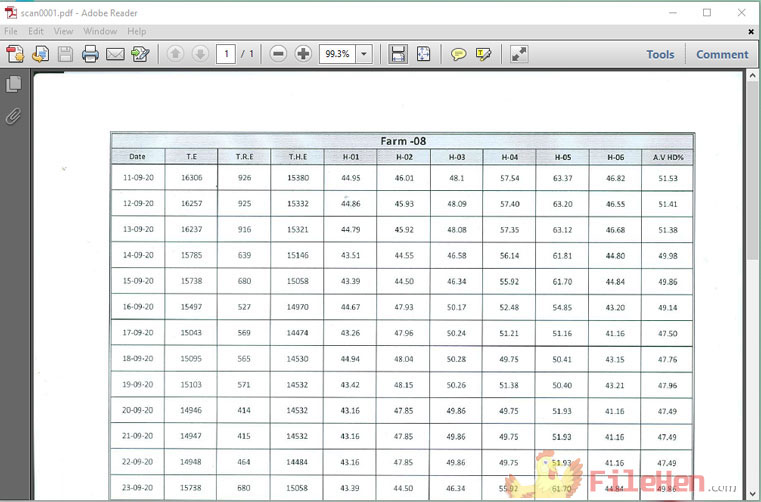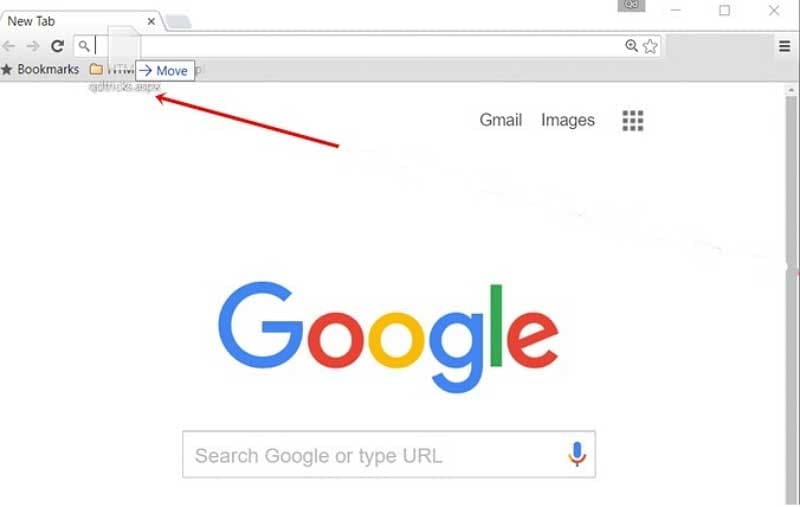
Note that errors are handled by the caller Public void SendErrorToUser(HttpResponse theResponse, string sError) Return string.Join("", sFileName.Split(System.IO.Path.GetInvalidFileNameChars()))

Strip them out (split to remove the characters, then rejoin the pieces into one string) If (sFileName.IndexOfAny(System.IO.Path.GetInvalidFileNameChars()) >= 0) If there are any invalid characters in the file name Public string CleanFileName(string sFileName) / Note that ONLY the file name should be passed, not the directory name. / This method removes all invalid characters from the specified file name. cItems = new Dictionary() ĬItems.Add("csv", "application/vnd.ms-excel") ĬItems.Add("docx", "application/.12") ĬItems.Add("xls", "application/vnd.ms-excel") ĬItems.Add("xlsx", "application/vnd.ms-excel.12") / The key for each item is the file extension without the leading period. / This method generates a standard list of extension to content-disposition tags If the caller wants, delete the file before the response is terminated Ensure the file is properly flushed to the user TheResponse.AddHeader("Content-Disposition", "attachment filename=" + sFileNameForUser)

TheResponse.ContentType = "application/octet-stream" TheResponse.AddHeader("Content-Disposition", "inline filename=" + sFileNameForUser) SExtension = sExtension.Replace(".", "") SExtension = System.IO.Path.GetExtension(sFileNameForUser) Ignore this exception, which could occur if there were no HTTP headers in the response Remove what other controls may have been put on the pageĬatch ( theException) Ensure there is nothing else in the response SFileNameForUser = CleanFileName(sFileNameForUser) Public bool StreamFileToUser( cMimeTypes, string sFileName, string sFileNameForUser, HttpResponse theResponse, bool fDownload = true, bool fOkToDeleteFile = false) This is only needed when the file is not being downloaded. SendErrorToUser(oContext.Response, theException.Message) StreamFileToUser(GenerateStandardMimeList(), sSourceFilePath, sFileName, oContext.Response, false, false) Ĭatch ( theException) SSourceFilePath = System.IO.Path.Combine(("Files"), sFileName) Assume that the files are stored in the relative directory Files. Public void ProcessRequest(HttpContext oContext) / This method is used to process the incoming request Here is an example of the HTTP handler class: public class DownloadRequestHandler :, You can get the complete list of mime types within IIS (assuming 7+) by opening IIS manager, selecting the web server icon, and double-clicking the Mime Types icon.
#Aspx file reader free download#
If we don't find a mime type, then a straight download command will be issued. If the browser doesn't support inlining for this mime type, the user will be prompted to download. If the mime type is found, we use the inline directive to ask the browser to show the file to the user. If the caller requests a download, then we check a collection of mime types to determine whether or not the file contains a supported mimetype, which means that it has a chance of being displayed inline to the user. Here is a description of the download process implemented in the StreamFileToUser method in the class at the end of this answer: This mechanism can be used to either download or view a file inline. Download.aspx) so that it can be called from the client side in a popup window without affecting the calling page. We usually perform this action using an HTTP handler mapped to a "virtual" page (i.e. In order to allow the user to view the files inline, you will need to stream the file to the user and set some values in the header. Where UploadedFiles is the virtual directory inside your app that holds these files. Having a GridViewColumn like this, should allow the user to click on any file and see it inside the browser.

Let's say you bound all the files to the Gridview as I explained above. You'd want to construct a hyperlink on this column so that when the file name is clicked, the user is asked to download/view the file, depending on the file type. Therefore, you can perfectly read all the files doing something like: DirectoryInfo info = new DirectoryInfo("PhysicalPathToFiles") Īnd set up your GrdiView1 markup to only bind the FileName property and everything else you need. The browser, in general, will happily display PDFs (provided Acrobat Reader is installed), Images, TXT files and a couple others. The browser won't display those since AFAIK, there's not a plugin provided for these files that can be used by the browser to embed a viewer in it. Take for example a MS Project File, a Corel Draw File an Auto CAD, what have you.

You won't be able to see the content of any file as that would require the browser in question to have a plugin to display a particular file.


 0 kommentar(er)
0 kommentar(er)
